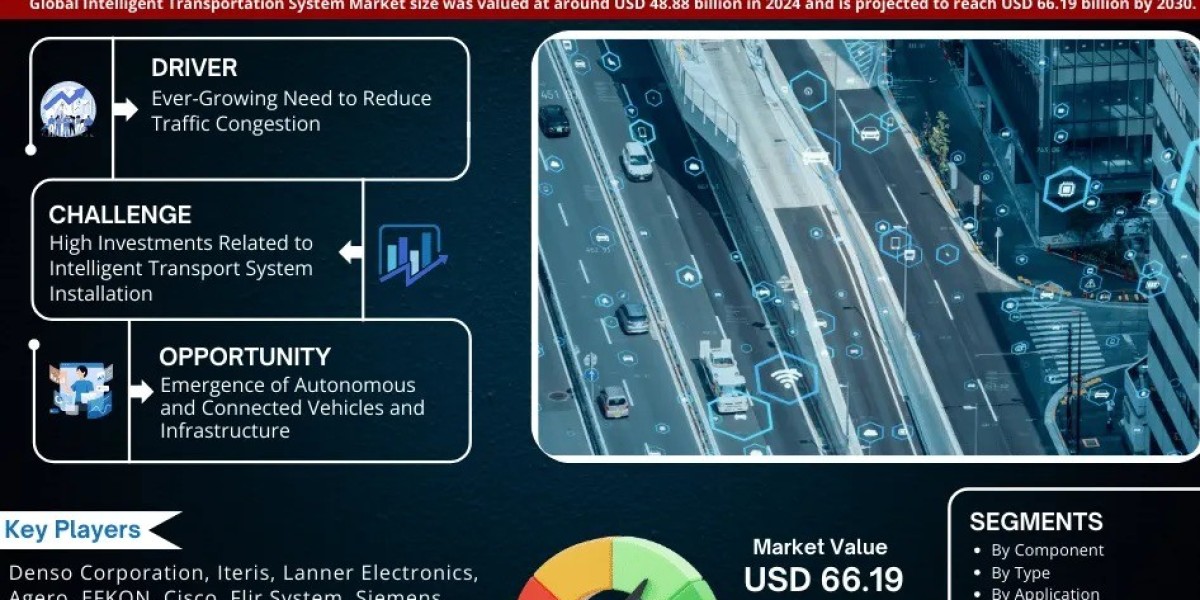Rust is the silent enemy of metal, creeping in slowly but steadily, compromising structural integrity and aesthetics. Whether you’re in automotive restoration, industrial maintenance, or antique preservation, rust cleaning laser machines are becoming the go-to solution for effective, eco-friendly rust removal. Here’s a comprehensive, data-driven guide to how this technology works, its benefits, and why it’s changing the surface cleaning industry.
What Is a Laser Rust Cleaning Machine?
A laser rust cleaning machine, also known as a laser cleaner, uses concentrated laser beams to vaporize rust and contaminants from metal surfaces without damaging the base material. The technology is based on laser ablation, where high-intensity light pulses remove unwanted layers like rust, paint, or grease with surgical precision.
How Laser Rust Removal Works
| Component | Function |
|---|---|
| Fiber Laser Source | Generates high-intensity laser pulses |
| Scanning Head | Directs the beam across the surface |
| Control System | Adjusts beam parameters and movement patterns |
| Cooling System | Maintains optimal temperature for continuous use |
The laser beam heats the rust layer rapidly, causing it to expand and vaporize. Since the energy is absorbed primarily by the rust (oxidized surface) and not the metal underneath, it leaves the base material intact.
Key Benefits of Laser Rust Cleaning Machines
Non-contact & Non-abrasive: No physical touch means zero wear on the surface.
Chemical-free: Environmentally safe — no solvents or acids.
Minimal maintenance: Fiber laser sources have lifespans over 100,000 hours.
Precision: Removes only the top contaminant layer without affecting the substrate.
Versatility: Effective on rust, paint, oxide, grease, and even graffiti.
Applications Across Industries
Laser rust cleaners are not limited to one field. Here’s how various industries are applying this tech:
Automotive: Rust removal from body frames, engine parts, and undercarriages.
Aerospace: Surface prep for welding or bonding without introducing contaminants.
Manufacturing: Tool and mold cleaning for improved product quality.
Oil & Gas: De-rusting pipelines, storage tanks, and offshore equipment.
Historic Preservation: Safely cleaning fragile metal artifacts and sculptures.
Different Power Options and Their Uses
| Laser Power (Watts) | Best For |
|---|---|
| 50W–100W | Light rust removal, delicate materials |
| 200W–300W | Mid-level industrial cleaning |
| 500W–1000W | Heavy-duty rust removal, thick coatings |
Choosing the right power depends on the material, depth of rust, and operational speed requirements.
Real-World Performance: Speed & Efficiency
Cleaning Rate: Up to 15 m²/hour for 1000W machines
Energy Efficiency: Fiber lasers consume 30–50% less power than traditional methods
ROI: Most businesses report full payback within 12 to 18 months due to labor and material savings
Frequently Asked Questions (FAQs)
Q1: Does laser rust cleaning damage the base metal?
A: No. The process is precisely controlled and removes only surface oxidation without altering the substrate.
Q2: Is it safe to use indoors?
A: Yes, with proper ventilation and safety gear. Most systems include dust extraction attachments.
Q3: How much maintenance do laser cleaners require?
A: Minimal. Fiber lasers are virtually maintenance-free, needing only periodic cleaning of the lens and inspection of cooling systems.
Q4: Can it replace sandblasting or chemical stripping?
A: In most applications, yes. It's cleaner, faster, and doesn't wear out the base material.
Q5: Is training needed to operate a laser rust cleaner?
A: Most machines come with user-friendly interfaces. Basic safety and handling training is recommended.
Why Laser Rust Cleaning Is a Smart Investment
Businesses that switch to laser technology gain a competitive edge by improving workflow speed, reducing consumable costs, and eliminating chemical waste. It's a solution that fits both sustainability goals and modern industrial efficiency.
Tips for Choosing the Right Laser Cleaner
Material Type: Match the machine's wavelength and power to your substrate (steel, aluminum, etc.).
Mobility: Portable vs. fixed systems depending on your workspace.
Automation Capability: Robotic integration or handheld use.
Cooling System: Choose water cooling for continuous heavy-duty operations.
Expert Insight
According to a 2024 industrial market study, over 65% of medium-scale manufacturers plan to adopt laser cleaning by 2026, citing cost-efficiency, environmental benefits, and precision control as key factors. This trend is driven by growing environmental regulations and labor shortages in abrasive blasting sectors.
Final Thought
rust cleaning laser isn't just another tool — it's a technological leap forward in surface treatment. With lower operational costs, zero chemical waste, and unmatched precision, it's no wonder more industries are making the shift.









